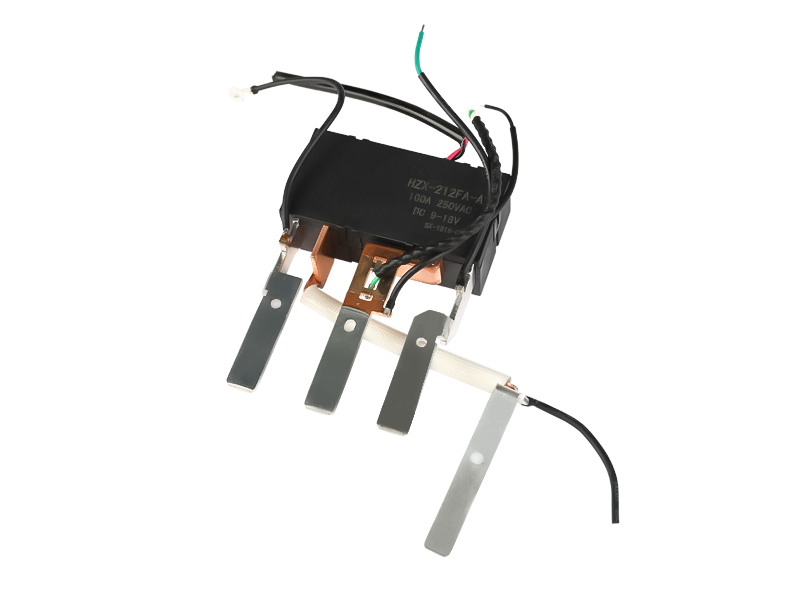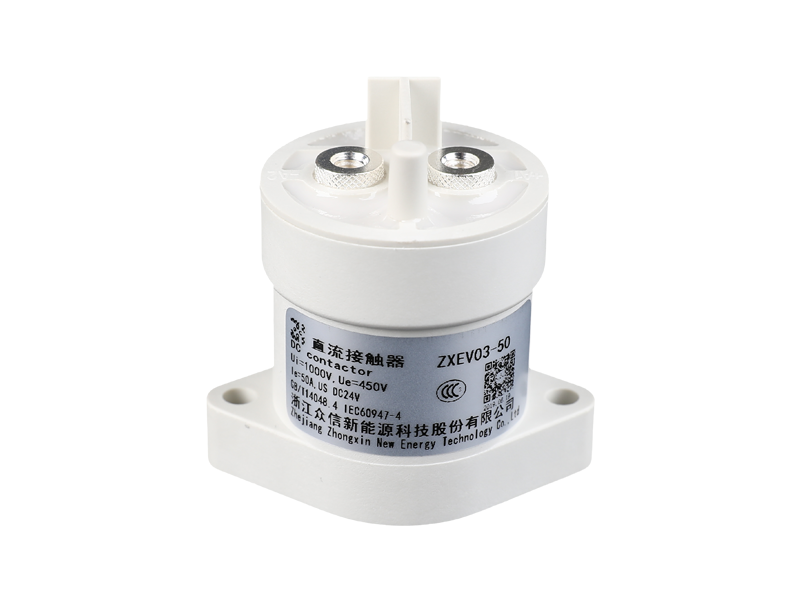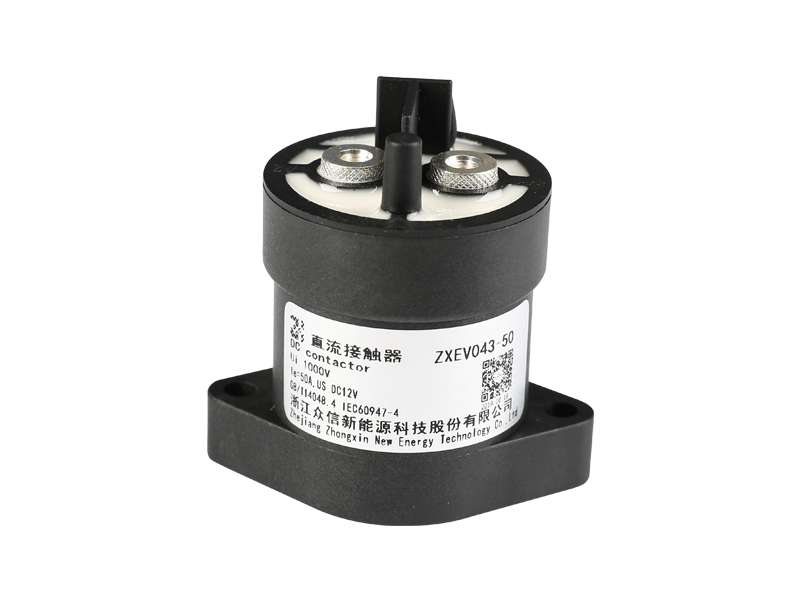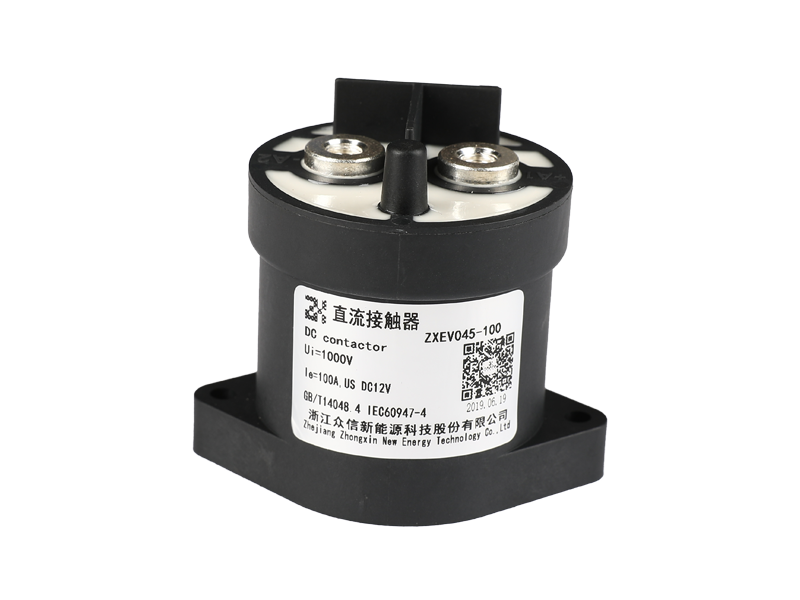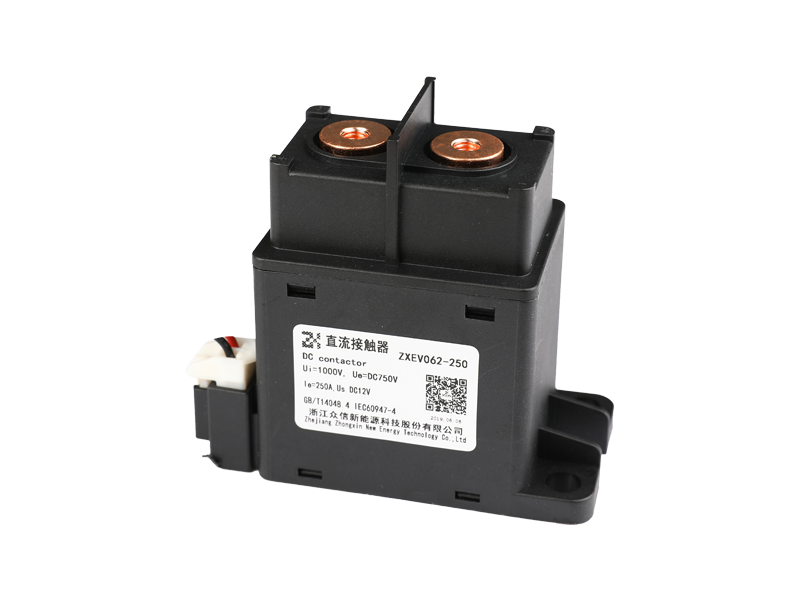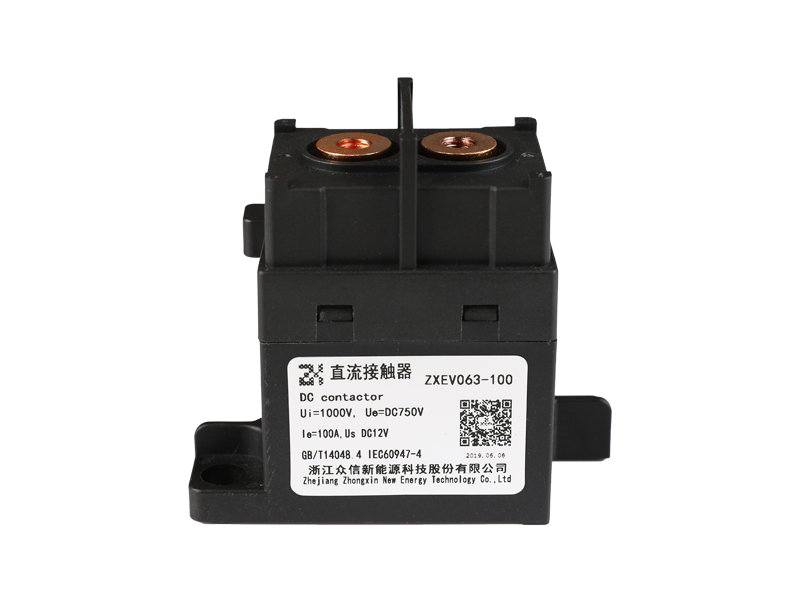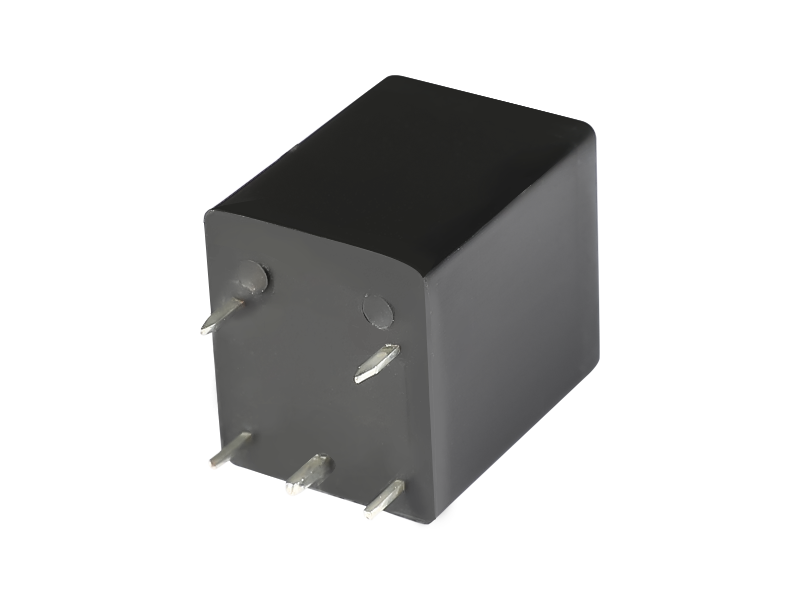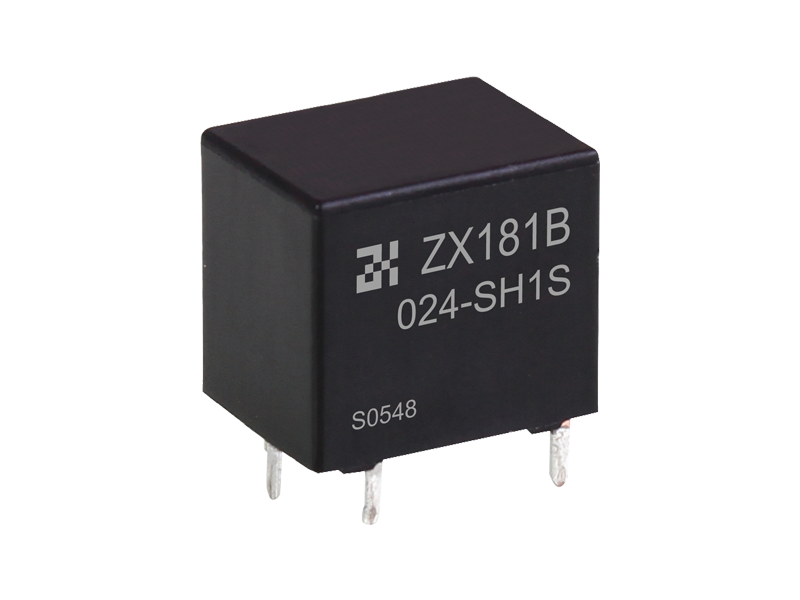Basically, an
automotive relay is a small, electric-powered switch that is used to control power levels in a vehicle. These switches are located under the dash and in the engine compartment. These are also called changeover relays, make & break relays, and single pole single throw relays. They are generally made to handle a single voltage, though more complex relays can have up to nine pins.
An Automotive Relay is composed of a restoration mechanism, a tension spring, and a movable metal contact. These components are linked together to form a coil circuit. The coil of the relay is fed by the headlight power cable. The coil of the relay is de-energized when the ignition is switched off and re-energized when the ignition is turned on. The coil of the relay is then connected to various terminals on the outside of the relay body.
The most important part of an Automotive Relay is the contact. The contact is formed by a movable metal contact triggering a hinged armature attached to a tension spring. The armature opens and closes the contacts when the magnetic field pulls the armature on the contact. The armature is then connected to a tension spring, which pulls it back into the 'at rest' position.
A small electric current generates a magnetic field around the armature. This magnetic field then completes a high-current circuit. This circuit may include the door switch, which is used to turn on the headlight main beam bulb, as well as the buzzer.
The actual application of this technology is not clear. The contact life is affected by various factors including the contact material, the contact voltage, and environmental conditions. The contact may be able to handle a small current in normal operation, but it isn't as effective as a diode in suppressing voltage spikes. The best way to determine the contact's performance is to test it under specific conditions. This includes a range of temperatures, a range of contact voltages, and a range of operating frequencies.
A relay is a kind of switch that can work with the coil voltage over the operating voltage. This can cause turn-to-turn short circuits. This is due to the voltage being applied to the coil being greater than the voltage being provided to the contact. The coil's resistance value is affected by the temperature of the coil, as well as by the ambient temperature. The relay may also experience voltage surges while switching. These surges can cause damage.
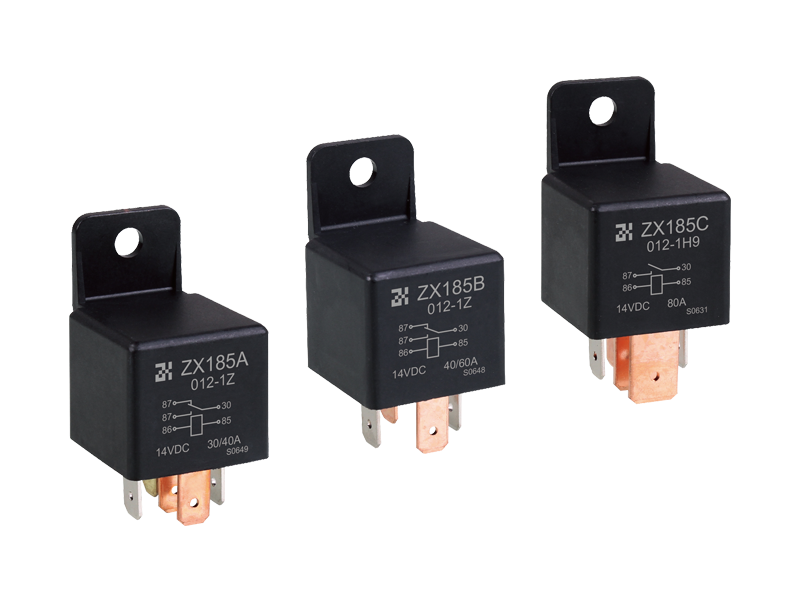
Main Features
30A to 80A continuous cruuent
Automotive-oriented design
Fully standardizde QC size and layout
Plastic cover for rough environment protection


